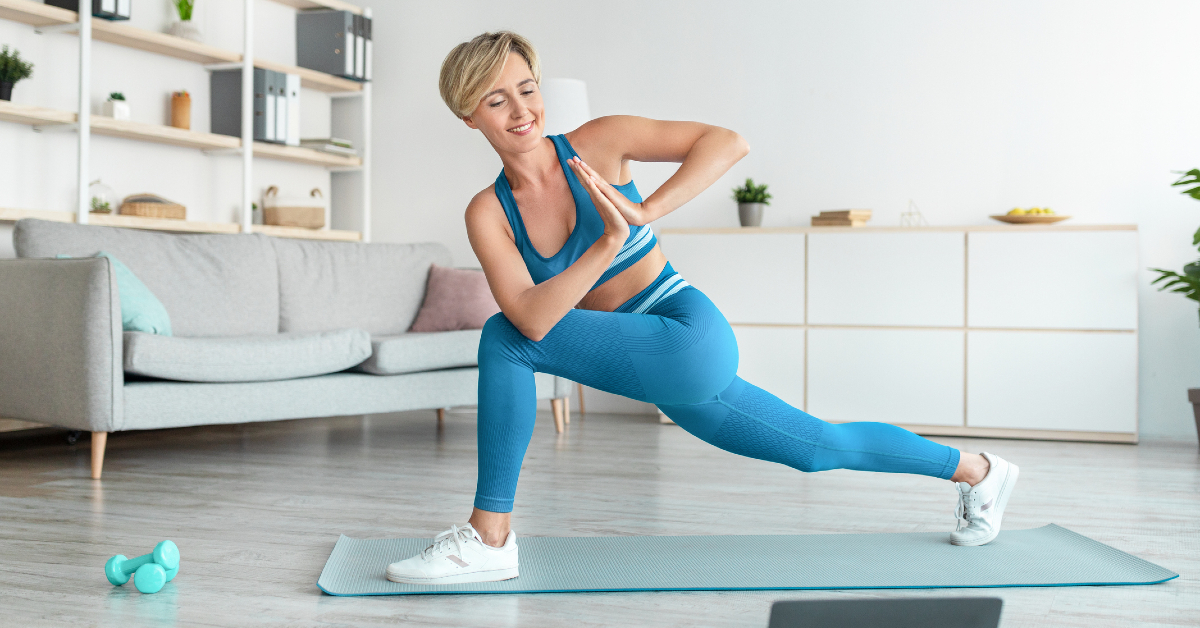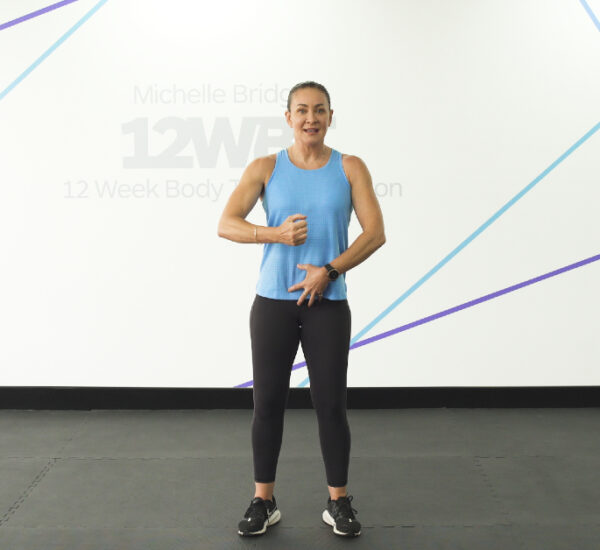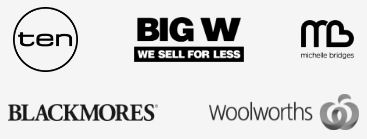Reviewed by: Erica Grandjean, APD, BNutr&Diet
When it comes to weight loss, it’s not just diet and exercise that counts: it’s tracking your process that really makes a difference. Here’s why.
Let’s face it – there are a lot of weight loss claims out there. Namely, a myriad of tips and tricks to help ‘lose weight quickly!’ or ‘see results faster!” While some may have a smidgen of truth to them, most of the time they’re unrealistic or plain dangerous.
Real body change takes time, consistency and patience. Many people embrace a new goal or a shift in their life with determination and gusto for about two weeks, and then – roadblocks, excuses and ‘relaxing the reins’ starts to slow people down.
If you are determined to shift weight and get stronger, leaner and fitter, there is one tool that is proven to get you there: tracking your results.
What is tracking?
Think about it this way: if you’re saving to buy a house, one of the first things you do is assess your spending and see where you can save. Any financial advisor will tell you to continue tracking that budget, to make sure you’re on track to meet your goal.
It’s the same for weight loss. Keeping a close eye on your progress will help you identify any problem areas before they totally sidetrack you.
It’s also a fantastic tool for motivation. Seeing progress – not just in the mirror, but in your measurements and key metrics – will help spur you on.
Why should I be tracking my results?
By tracking your progress and keeping an eye on the changes your body is going through, you’re much more aware of what’s working for you – and what isn’t.
Most people will hit a point in their journey where their weight stays the same, despite keeping a consistent fitness schedule. This is known as ‘weight loss plateau’ and there are a number of factors that cause it – the key being getting stuck in the same routine, week after week. Your body needs a constant challenge to adapt and change to.
So, if you’re tracking results and hit the dreaded weight loss plateau, you’ll know straightaway. You can then modify your exercise to increase that fat burn and lean muscle build.
Another overlooked benefit of proper tracking is the ability to see progress clearly. We see ourselves in a mirror at least once a day (most of us, anyway!) and it’s amazing how easy it is to overlook small changes.
A sophisticated tracking tool like mPort provides an objective, detailed assessment of your body at key stages in your weight loss journey, so you won’t miss anything.
What should I be measuring for weight loss?
Here’s the thing: the scales are not the best way to measure weight loss. It’s an over-simplified, slightly outdated tracking tool that only gives a fraction of the picture.
According to Tim Pittorino, Fitness Lead at Michelle Bridges’ 12WBT, these are the best areas to monitor when on a weight loss journey:
Body-fat percentage
Body fat is the amount of fat in your body, separate to everything else. This is one of the single most important measurements you should monitor if weight loss is your goal.
For women, anywhere from 18% to 33% is considered healthy. Once you’re outside of that range, the serious problems begin.
Maintaining a healthy percentage is very important for your long-term health, which is why monitoring your progress is so important.
CMs lost on target areas, such as thighs or arms
This one’s a no-brainer, according to Pittorino. “One of the simplest ways to see weight loss is by the actual ‘shrinkage’ of your key measurements – whether it’s centimeters off your waist circumference or arms.
It’s much more accurate than the scales, which can be higher because of muscle mass,” he says.
The Jeans Test
Finally, as frivolous as it sounds, trying on that one pair of jeans that was always too tight is one of the best ways to monitor progress! If they slip on easily, it’s a great sign your hard work is paying off.
What’s the best way to monitor results?
There are a number of ways to track progress, but if you’re serious about real change, a sophisticated tool like mPort is exactly what you need.
mPort’s revolutionary 3D technology creates a detailed 360-view of your body in a 3D avatar, also providing key measurements such as body-fat ratio, BMI, height and weight, and precise dimensions of your entire body.
Forget about mirrors, selfies (well, for measurement purposes!) or scales; mPort allows you to see your body shape holistically in a different lens like never before. You will be able to see objectively which parts of your body need more work, design the exercise regime you need, and stay on top of your progress in incremental details.
mPort’s body-mapping pods can be found at your nearest shopping centre across Australia: It only takes 5 to 10 minutes of your time to drop by and get mapped. You can compare your historical scans and health metrics via their free app.














